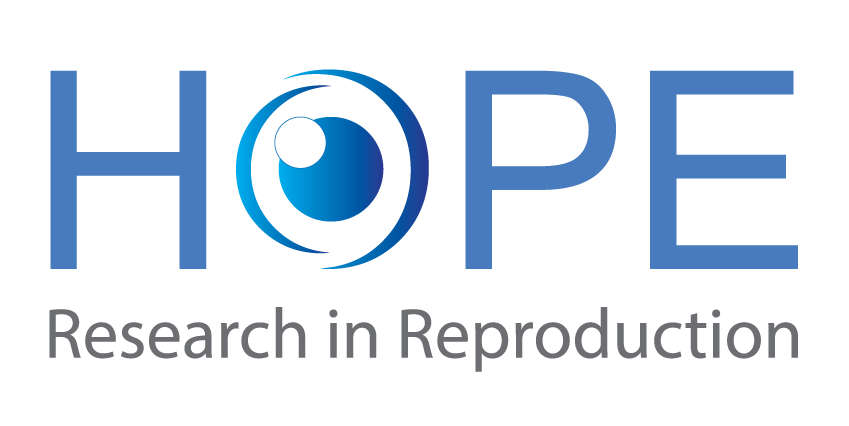Lan N. Vuong 1,2
Published: 28 May, 2022
Author information
1 Department of Obstetrics and Gynaecology, University of Medicine and Pharmacy at Ho Chi Minh City, Ho Chi Minh City, Vietnam
2 IVFMD, My Duc Hospital and HOPE Research Center, Ho Chi Minh City, Vietnam
Abstract
IVF has traditionally involved transfer of fresh embryos. However, a ‘freeze-all’ strategy where all embryos are cryopreserved for transfer in subsequent, unstimulated cycles has emerged as an alternative approach. This is thought to eliminate the negative effects of controlled ovarian stimulation on the endometrium and reduce the risk of ovarian hyperstimulation syndrome (OHSS). There are a growing number of studies evaluating live birth rates after use of a freeze-all versus fresh embryo transfer (ET) strategy. However, results to date are inconsistent. Certainly, the benefits of a freeze-all strategy appear to be less clear cut in ovulatory women with infertility, while those with a good ovarian response (more than 10 or 15 oocytes retrieved) may be suitable candidates. Variable responses to a freeze-all strategy compared with fresh ET have also been reported depending on whether cleavage stage embryos or blastocysts were transferred. In terms of safety, the risk of OHSS appears to be lower with a freeze-all strategy. For other safety endpoints, some appear to be better when a freeze-all approach is used (e.g. rates of pregnancy loss/miscarriage, preterm delivery, low birthweight and small for gestational age) while other complications are more common (e.g. hypertensive disorders of pregnancy/pre-eclampsia, large for gestational age and high birthweight). Preliminary longer-term data suggest that a freeze-all strategy does not have a negative impact on childhood development. Other factors to consider include time to pregnancy (longer after freeze-all) and the relative cost-effectiveness of the two approaches. Available data are too inconsistent to allow a freeze-all approach to be recommended for all patients. Instead, a personalized, balanced approach should be taken based on individual patient characteristics (especially steroid hormone levels on the day of trigger) and incorporating patient preference. While a freeze-all strategy might be the right choice for some patients, freeze-all is definitely not good for all.
KEYWORDS:
freeze-all / frozen embryo transfer / fresh embryo transfer / IVF / ICSI / live birth rate / ovarian hyperstimulation syndrome / cost-effectiveness
